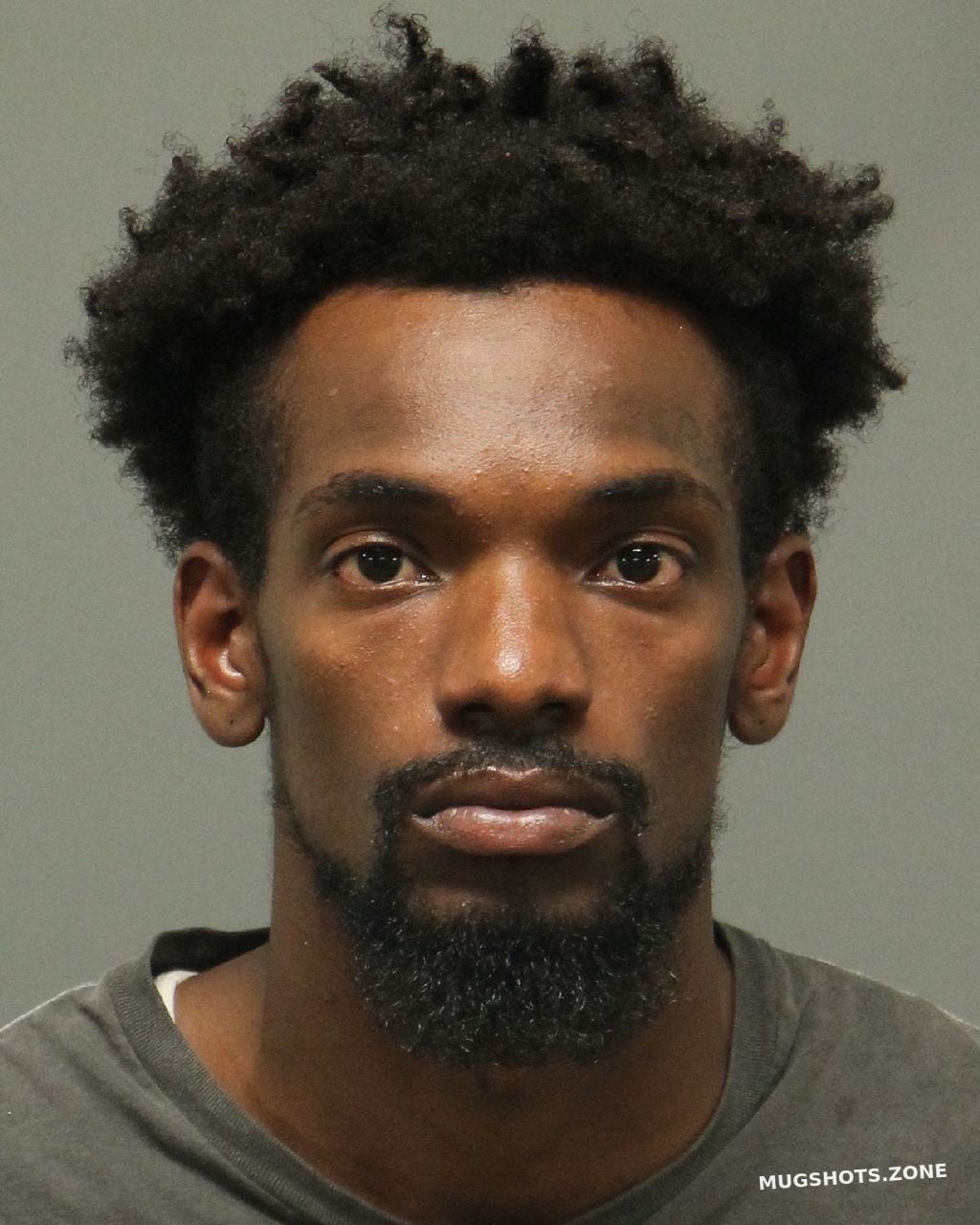How does one man's tragedy spiral into another? Rodney Hinton Jr., a 38-year-old Ohio resident, stands accused of a harrowing crime that has shaken the Cincinnati community. The father of a recently deceased son allegedly struck and killed a Hamilton County Sheriff's deputy in what authorities describe as a chilling act of vengeance. The incident raises questions about justice, grief, and the cycle of violence that often ensues in such situations.
Rodney Hinton Jr.'s life took a tragic turn on May 1 when his son, Ryan Hinton, was fatally shot by Cincinnati police during an encounter in East Price Hill. Hours later, Hinton allegedly drove his vehicle into a deputy who was directing traffic near the University of Cincinnati campus. The deputy succumbed to his injuries, leaving behind a grieving family and a community grappling with the complexities of this case. Hinton now faces charges of aggravated murder and remains in custody without bond.
| Full Name | Rodney Hinton Jr. |
|---|---|
| Date of Birth | Not publicly disclosed |
| Age at Arrest | 38 years old |
| Residence | Ohio |
| Family Background | Father of Ryan Hinton (deceased) |
| Occupation | Information not available |
| Criminal Charges | Aggravated murder |
| Status | Held without bond |
| Reference | Hamilton County Sheriff's Office |
Law enforcement officials have described the events leading up to the alleged attack as emotionally charged. After witnessing body camera footage of his son’s fatal shooting, Hinton reportedly became increasingly agitated. Family members have since issued statements emphasizing their shock and disbelief over the circumstances surrounding both tragedies. They maintain that while they understand the public outcry, they believe there is more to the story than what has been reported.
Community reactions have been mixed. While some express sympathy for the Hinton family, others firmly side with law enforcement, condemning the alleged actions of Rodney Hinton Jr. Two statewide law enforcement organizations have even petitioned GoFundMe to remove fundraisers established in Hinton's name, arguing that such campaigns undermine the memory of the fallen deputy. This controversy highlights the broader societal debates about accountability, empathy, and support systems for individuals caught in cycles of loss and anger.
Hinton's first court appearance drew significant attention, with dozens of law enforcement officers attending in solidarity for their fallen colleague. The courtroom was filled with emotion, reflecting the gravity of the situation. During the hearing, Hinton appeared somber but composed, listening intently as details of the charges against him were read aloud. Prosecutors emphasized the deliberate nature of the alleged act, painting a picture of premeditation based on evidence collected from the scene.
As the legal process unfolds, questions linger about how such tragedies might be prevented in the future. Critics argue that better communication channels between law enforcement and communities could help bridge gaps and reduce misunderstandings. Others point to systemic issues within policing practices, suggesting reforms are necessary to ensure fair treatment for all citizens. Meanwhile, mental health experts stress the importance of providing resources for families dealing with sudden losses, particularly those involving violent deaths.
The Hinton case serves as a poignant reminder of the interconnectedness of human experiences. For every action, there is a reaction—often unpredictable and far-reaching. In this instance, the death of one young man sparked a chain of events culminating in the loss of another life. As investigations continue and the judicial system takes its course, it becomes imperative to examine the underlying factors contributing to these outcomes.
Beyond the headlines, the personal stories of those involved paint a complex tapestry of emotions and motivations. The deputy’s family mourns the untimely passing of a dedicated public servant, while the Hinton family grapples with unimaginable grief compounded by accusations leveled against one of their own. Both sides share a common thread: the pain of losing someone dear under tragic circumstances.
In the days following the incident, local leaders called for calm and reflection, urging the community to come together in unity rather than division. Public forums and town hall meetings were organized to address concerns and foster dialogue between residents and law enforcement. These initiatives aim to promote understanding and build trust, essential components for healing and progress.
For Rodney Hinton Jr., the road ahead will undoubtedly be fraught with challenges. If convicted, he faces severe penalties, including life imprisonment or even capital punishment depending on the outcome of his trial. His defense team argues that mitigating factors should be considered, citing the emotional turmoil he experienced after losing his son. Whether these arguments hold weight in court remains to be seen.
Ultimately, the case of Rodney Hinton Jr. underscores the need for comprehensive approaches to addressing issues of justice, grief, and reconciliation. By examining the nuances of each situation and fostering open communication, society can work toward breaking cycles of violence and promoting peace. Until then, the ripple effects of this tragedy will continue to resonate throughout Cincinnati and beyond.



